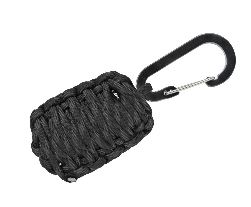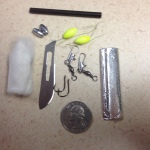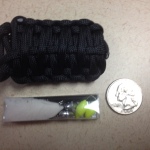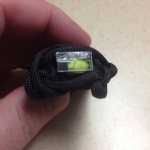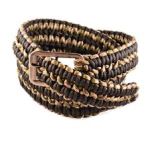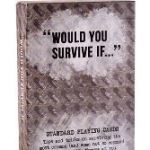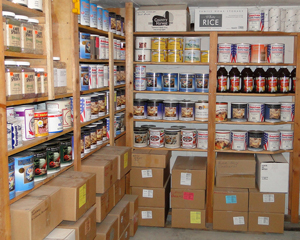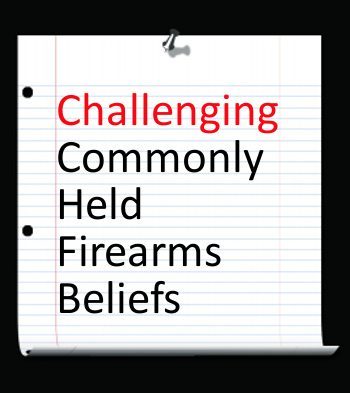Its 10:00pm on a February night and the temperature is in the teens. You turn on the oven to make a snack and a few minutes later you come back in the kitchen to the smell of gas. You crack the oven door and a small fireball shoots out. You quickly shut the door and turn off the gas.
This recently happened to us. My stepson was the one getting a snack. He told us what had happened, so I went to the kitchen. There was a smell of gas, but it seemed to be dissipating to me. Trudee didn’t think so and called the gas company.
They said we should evacuate the house immediately, explaining not to turn on or off any switches, not to even hang up the phone, and they would send someone out as soon as possible. The gas didn’t smell very strong to me so I didn’t think it was that big of a dead, but those are probably famous last words. The three of us and the four dogs bugged out.
I always thought I would have some kind of warning, and at least a few minutes to get the car packed, but that’s not the way it went down. We put on our coats, grabbed the keys, and jumped in the truck, where we sat at the end of the driveway, waiting for the service man.
We had one BOB in the truck, a couple blankets and some cash, with access to my BOB in my car, which was in the garage and my stepson’s BOB, which was in the driveway. That’s it! I really didn’t think we would be forced to stay out of the house, but I kept thinking, “what if we can’t go back in?”
We have the basics in our BOBs. I don’t know about you, but I want more than the basics to get by if I’m not in a survival situation. I was so focused on getting leashes on the dogs and all of us dressed and outside as safely and as quickly as possible, that I forgot to grab my money clip. We did have some cash, so if we needed to we could have bought some short term supplies.
The gasman showed up and said his meter was pegged in the kitchen when he walked in. He opened the oven and discovered our issue. Trudee had very recently inserted a cover to catch oven gunk, and it turns out it was covering a vent she hadn’t noticed, causing gas to build up and cause carbon monoxide and gas fumes to flood the kitchen.
This little event exposed some normalcy bias I didn’t know I had. I expected to have time to load up before bugging out. This just goes to show you that we all have opinions on how this or that will go down, but the truth is, we never know exactly what, or how things will happen!
Do you have some normalcy bias that needs to be put in check?
What Would You Do?
Put yourself in my position and think about what you would do. Had I done that previously, I would have thought I would have done better than I did. This just goes to show that theory is great, but simply can’t replace application and practice!
Please click here to vote for Prepared Christian as a top Prepper site!
If you liked this article please think about sharing it on the social media listed below, thanks!


